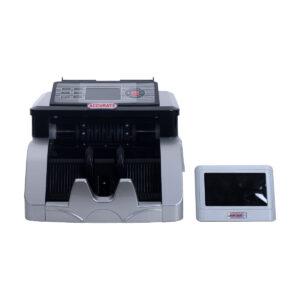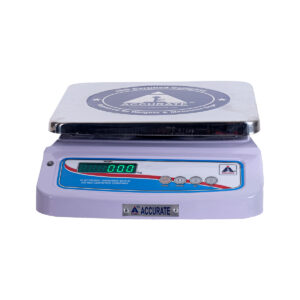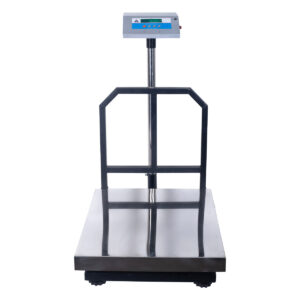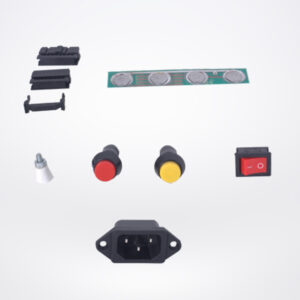(A) Helical and perforated pattern structure for force sensor tip with same dimensions
(B) Schematic of the force measurement set up
(1) Loadcell
(2) Force gauges
(3) Linear state
(4) Motion controller
(5) Interrogator
(6) Fiber Bragg grating (FBG) force sensor.
Helical
Perforated
(a)
(b)
Context 1 convert the forces applied to the force sensor along a specific direction into a displacement or strain that can be measured by a transducer. The mechanical properties, size, and shape of the flexures determine the sensitivity, accuracy, and directional response of the force sensor. The stiffness of the flexures, and therefore the amount of deflection, is determined based on the dimensions and material properties of the components. In the present study, two types of flexures, helical and perforated, were designed and fabricated, as shown in Figure 1 a. The stainless steel (SS) flexures have an outer diameter of 2 mm, inner diameter of 1.6 mm, and height of 4 mm. The only difference is the pattern used to make the flexures suitable for a force sensor.
Context 2 Fiber Bragg grating force sensor was evaluated using a lab-developed force measurement setup, as shown in Figure 1 b. The FBG sensor was mounted to a linear motion stage controlled through a motion controller for precise motions of the FBG sensor tip, which was pressed to the loadcell to produce the required force. The loadcell was connected to a PC to acquire data through a force gauge. The three FBG optical fibers are connected to a three-channel optical sensing interrogator for recording the change in FBG wavelength. LabVIEW software was used to control the motion and acquire the FBG sensor force signal and applied force signal from the Force.
Archives
Recent Posts
December 13, 2024
August 30, 2024
August 28, 2024
Products
-
 AMV 33 Value Counting 3D Scanner
₹5,000.00
AMV 33 Value Counting 3D Scanner
₹5,000.00
-
 SS Stone Weight
₹400.00
SS Stone Weight
₹400.00
-
 ATB / ATC - E Series Without Pole
₹3,000.00
ATB / ATC - E Series Without Pole
₹3,000.00
-
 SS PAN - Metal Indicator
₹3,000.00
SS PAN - Metal Indicator
₹3,000.00
-
 Elcom Switches
₹3,000.00
Elcom Switches
₹3,000.00
Newsletter
Subscribe to our mailing list to get the new updates!



